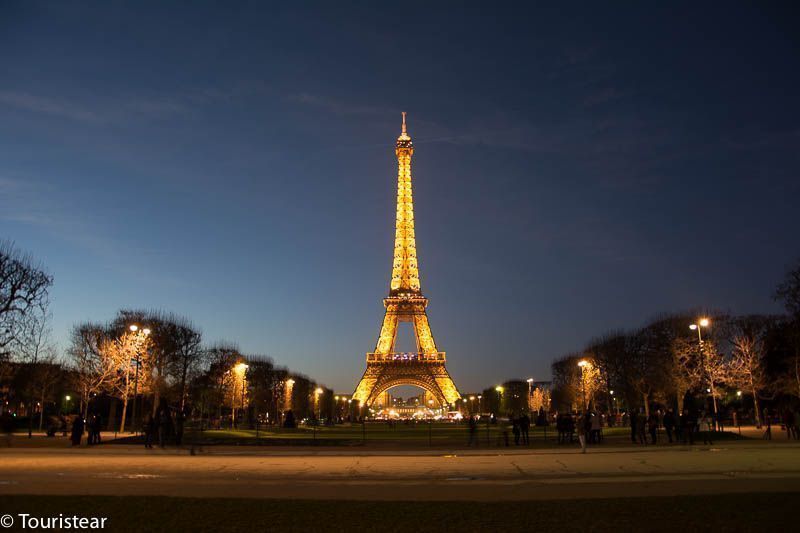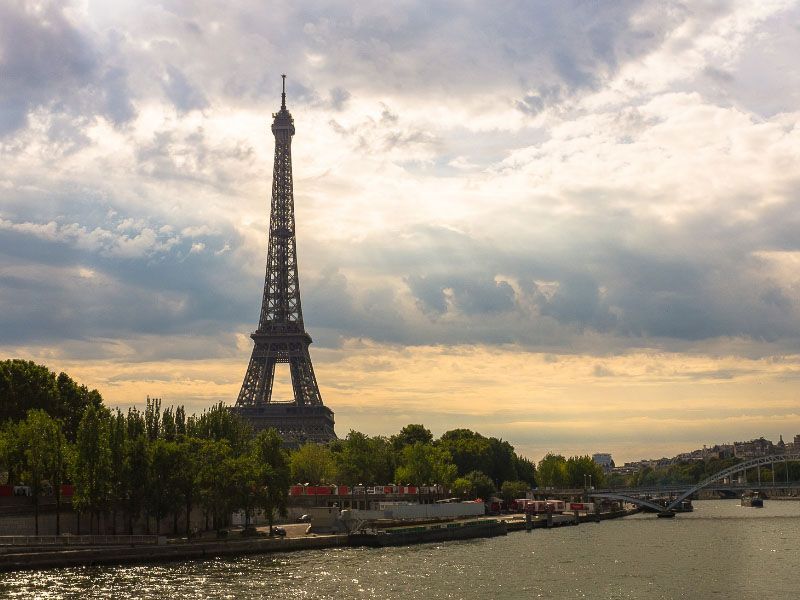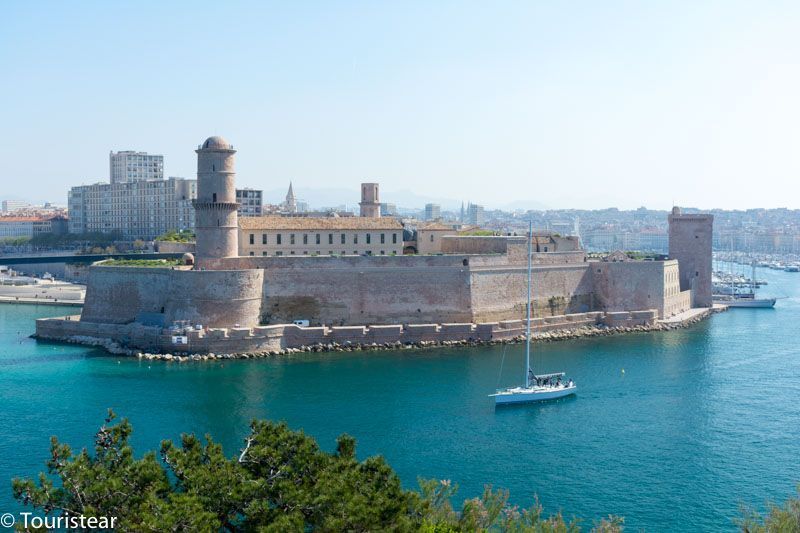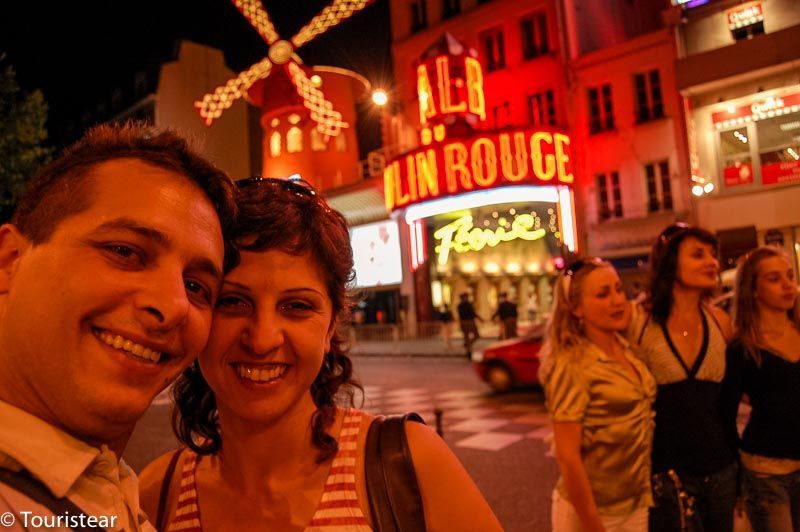Best Things to Do in Saint-Malo, The Pirate City
Saint-Malo is a fortified city located in Brittany, France. It’s a city of privateers (pirates) full of history.
It is very picturesque and certainly a must on your trip to Mont St Michel and through northern France, Brittany, and Normandy.
How to Visit Saint-Malo
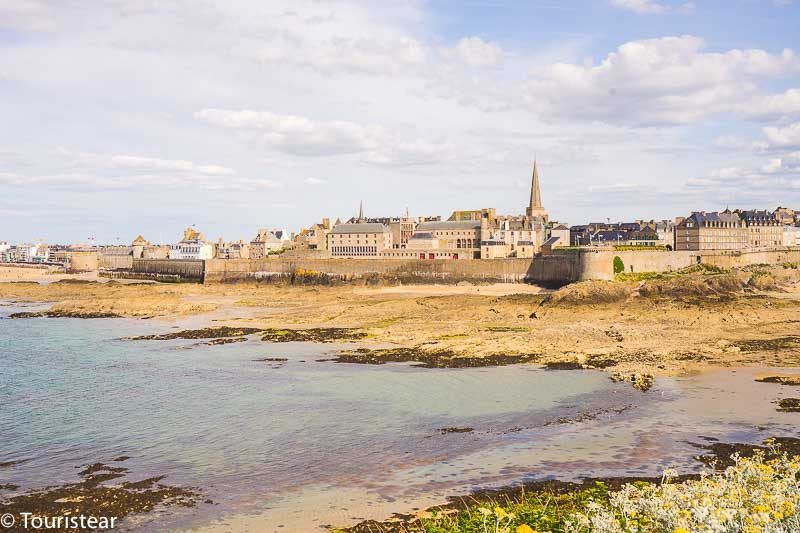
You have to make two visits to Saint-Malo, one is by the wall and another is walking through the historic center.
A large granite wall surrounds the historic center of Saint-Malo and has several accesses to enjoy the city from above. In this post, I will tell you about the tour of the wall and other interesting info. Let’s start!
Best Things To Do in Saint-Malo, The Pirate City
The Wall of St Malo

The wall of Saint-Malo surrounds the historic center of the city. It was built in two different time periods, the first was built between the Middle Ages and the seventeenth century, and the expansion took place in the eighteenth century.
From the original wall, only one part is left on the west side of the city (between Bidouane tower and Holland Strongmany) and it dates from around 1145.
The Grand Gate and a part of the castle were part of the original wall; these remains can be seen on the south side of Vauban Square.
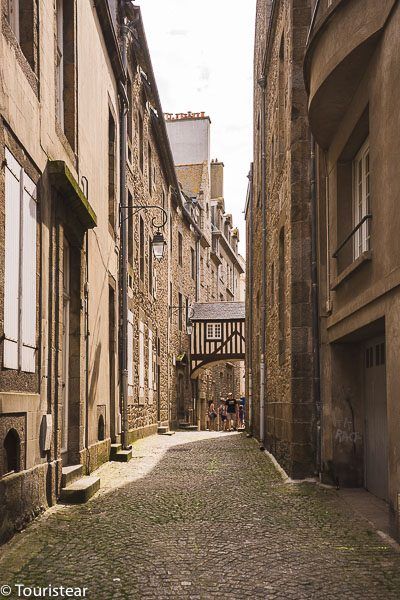
Saint-Malo Castle
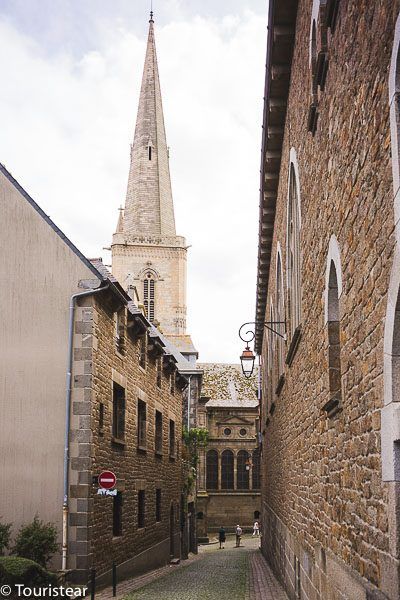
The castle is located at the village’s entrance, although it is separated from the wall. It currently houses the Town Hall and the municipal museum of Saint-Malo.
The tower is supported by a part of the 14th-century wall. Turrets can be accessed through the museum.
The Dukes of Brittany built this castle in 1424. The castle towers were built at different times; the best known is the Quic-en-Grogne tower which is different and higher than the other three and was commanded to be built by Anne of Brittany.
From St. Thomas’ Gate to Bidouane Tower
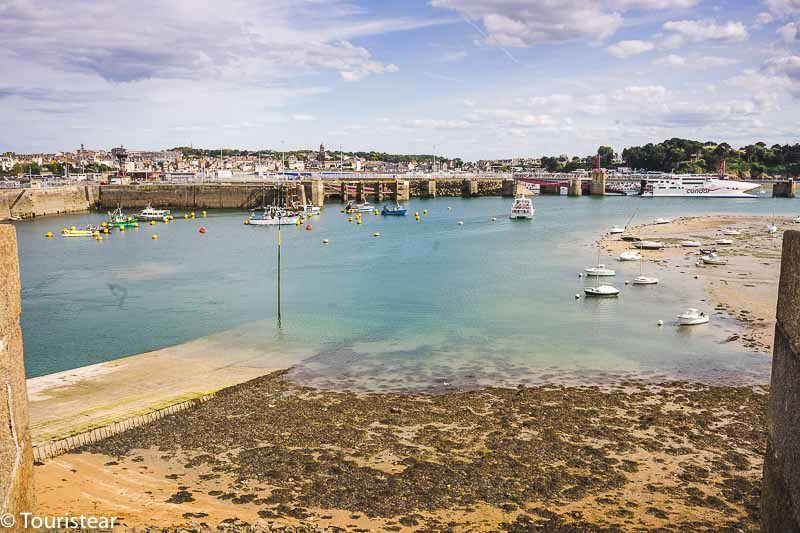
The gate of St. Thomas was built between 1737 and 1742. It has beautiful views of the beach of “L’Eventail” and retains original elements.
If you go up the stairs, you will reach a viewpoint where you can see the entire bay to the “Pointe de la Varde.”
In front, on a small island, you will see the National Fort of 1689, which you can walk to when there is low tide.
Right now, you are on the wall of St Malo; if you continue walking through it, you will reach the fort of the Queen (Fort à la Reine), which began to be built in 1758.
At its feet is the place where the machine infernale exploded in 1693.
The machine infernale was a ship sent by the English full of gunpowder and shrapnel, and its goal was to crash into the wall at Bidouane Tower to destroy the city.
From here, you can see where Chateaubriand writer rests.
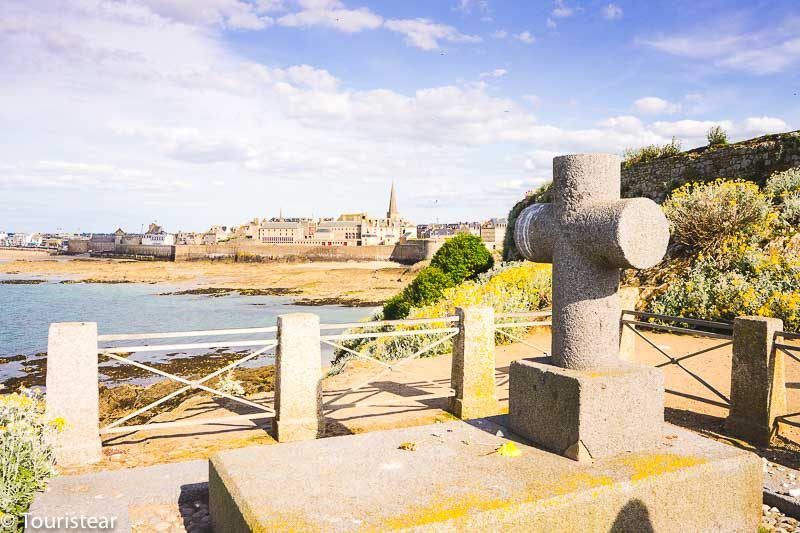
You have to imagine at that time, November 1693, the pirates of St Malo and those of Dunkirk have been intercepting English ships for 8 years, more than 160 sunken ships.
It is true that the privateers were governed by military rules and acted only in times of war, but for the English St Malo, it was not a corsair city but a nest of wasps that had to be eliminated.
At that time, the French were facing the Habsburg league led by the Prince of Orange, the future king of England.
A whole front of European countries had allied against Louis XIV, king of France, as France had been hostile to the Spanish, the Dutch, and Protestants in general. So Louis XIV’s policies generate a lot of tensions.
The Prince of Orange secretly developed a plan to destroy St Malo in the Tower of London, and the center of this plan was a ship prepared not to be detected at night. So they painted it whole black, and its candles were black.
They designed it to have a very low draft, less than 7 feet that are about two meters, which allowed it to reach the wall, specifically the Bidouane tower since it was this tower that served as a powder room.
They filled the ship with gunpowder and shrapnel to blow it up when it crashed into the tower to set the whole city on fire.
On the night of 29 November 1693, the English launched the ship “the infernal machine” against the coasts of St Malo, arrived unhindered and unseen up to about 50 steps from the wall, about 40 meters.
And at that moment, a strong wind blow that came from the early west of the ship against the rocks that were gained after this event was the nickname of the English rocks.
The ship ran aground, and the hull broke at its bottom. It began to enter the water and wet the gunpowder that was in the cellars, so the engineer who ran the ship decided to set it on fire right there, but the effect was much less devastating than the one for which the ship was conceived.
Maybe if you go into the rocks of the English, you can still find some remnant of shrapnel.
From here, you can see Grand Bé Island and visit if the tide is low. On this island, there is a fort, and it is also the place where the writer Chateaubriand rests and far, and in the background, a little to the right, you can see the fort of the conchée that was part of the first defense against possible invasions by sea.
You will continue to walk along a stretch from 1855-1864; this stretch is called Chateau Gaillard in honor of the first castle of St Malo from the fourteenth century.
Here you will see the statue of Surcouf, the king of the privateers, and the house of Quebec.
From Bidouane Tower to Holland Bastion
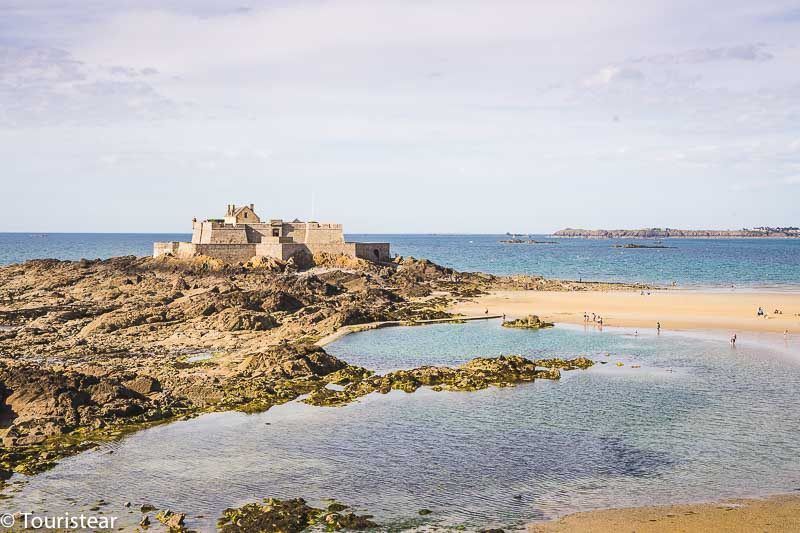
The Bidouane Tower is a horseshoe-shaped tower dating back to the 15th century. Here begins the oldest part of the wall, called “petits-murs” (Small walls).
From above, you have one of the best views of the coast from the wall. Ranging from Pointe de la Varde to Cape Frehel, and if you look back, you will see the Cathedral Tower.
Keep walking, and you will see the “Cavaliers des Champs Vauverts,” built-in 1564 as a casting of artillery pieces.
Today it is a public garden, the tower of Notre-Dame Cathedral, and the beach of Bon Secours, where the gate of Bés is located. In addition, and very close, there is a house of the sixteenth century that served as surveillance shed.
As we have already told, in front, you will see the islet of Grand Bé, where Chateaubriand is buried, and a second islet with a fort of the seventeenth century, which can be reached walking at low tide.
However, when there is high tide, it is isolated.
Be careful if you decide to go; quite a few posters warn that if you get caught at the tide on the islet, you will be isolated, but better that than if it catches you coming back! Unfortunately, there are already several people who have drowned!
By the ancient wall, you will reach the Bastion of Holland of 1674. Here you will find the Gate of Saint-Pierre and the old Chiens du Guet.
The expression chiens du guet means the dogs of the guard. It was a herd of dogs guarding the entrance to the walls at night. It was established in 1155 and was operational until 1770.
They kept it among all the neighbors, and in fact, a tax was instituted called the pack of dogs right. Dogs let go at night and at curfew to protect and deter thieves or invaders.
However, on the night of March 7, 1770, the herd killed and ate a navy officer who had tried to climb the wall. In the wake of this accident, the mayor decided to have the dogs slaughtered by poisoning them.
In memory of them is the Square of the Chiens du guet in which the hotel restaurant with the same name is located.
From the Bastion of Holland to the Great Gate
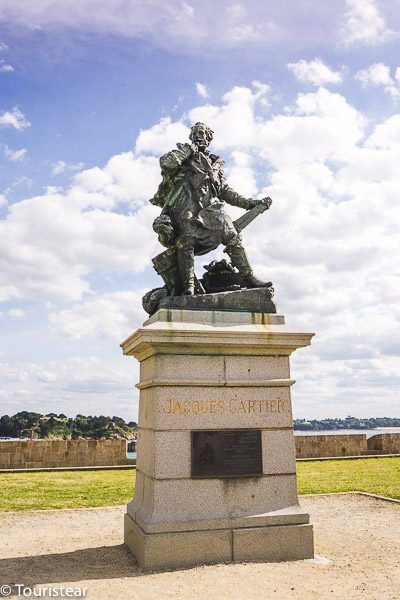
From the Bastion of Holland, we have a beautiful panorama of the estuary of the Rance to Cape Fréhel.
We can see another fort built by Garangeau on Harbour Island, opposite Dinard, another super picturesque city that you must visit before or after St Malo.
Here you will see 18th-century canyons and the statue of Jacques Cartier, who discovered the estuary of Saint Laurent and who took possession of Canada in 1534.
If we continue walking along the ramparts, we will see stretches of the early eighteenth century, something more modern, and the beach of Môle, which is the one that protects the port.
A little further on, we will see the pirates’ houses, among which is that of the famous Robert Surcouf, inside right in front of the Dinan Gate.
From the Great Gate to st Vincent’s Gate
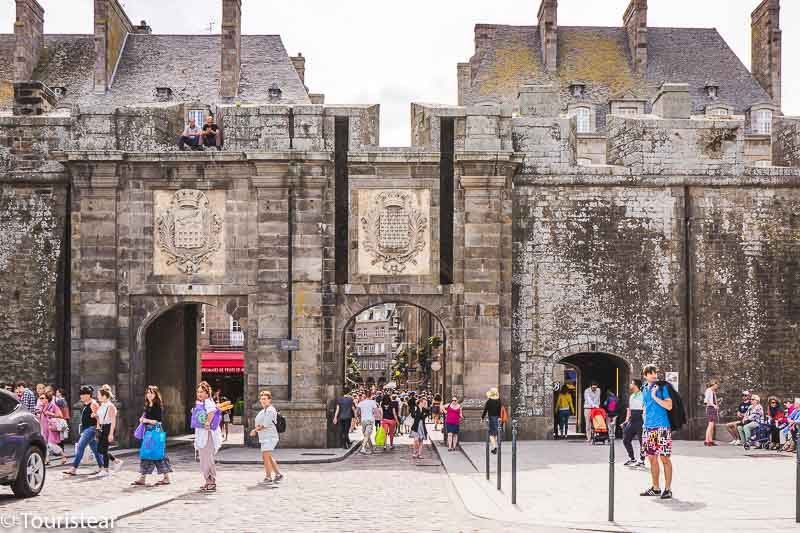
We are already finishing the tour of the walls of St Malo. The Grand Gate was part of the medieval city and could be reached by boat and is the oldest gate in the city. It is defended by two huge towers, which were restored at the end of the sixteenth century.
Above the gate, you will see a copy of a statue of the virgin of the fifteenth century. The original is located in the cathedral.
You will have a perspective view of the “Grand Rue” and the bell tower of St. Vincent’s Cathedral from the catwalk.
In 1661, there was a devastating fire on the Grand Rue (the main street of Saint-Malo)
The gate of St Vicent’s became the main access to Saint-Malo. Here we see the coat of arms of Brittany and an inscription that says “Potius quam foedari” which translates as better death than dishonor it.
Curiosities of Saint-Malo
- The flag of Saint-Malo is blue with a white cross and a red box, where you can see an ermine. This flag recalls the privileges of this city when it was autonomous between 1590 and 1594.
- It was an independent republic of Brittany and France between 1590 and 1594.
- City of privateers, that is, it was a city of pirates authorized by the king of France. We can see their houses and the statue of Surcouf.
- Jacques Cartier, who discovered the estuary of Saint Laurent and took possession of Canada in 1534, was born in Saint-Malo in 1491. His statue can be seen in the Bastion of Holland.
- On the island that now shelters the port of Sablons is the fort Alet which is actually the first urban center before Saint-Malo was founded in the XII century.
Where to Sleep in St. Malo?
If you want to stay to sleep in San Malo, there are accommodations within city walls or outside city walls.
Obviously, in the oldest part of the city are more expensive hotels and sold out faster, especially on weekends.
- Book your hotel here. You will find the best prices and accommodations.
- Continue reading: visiting the Mont St Michel
Do you know Saint-Malo? Did you like it? Tell us about your experience!!! We liked it very much, although it is very touristy.

Last Updated on 3 October, 2023 by Veronica







